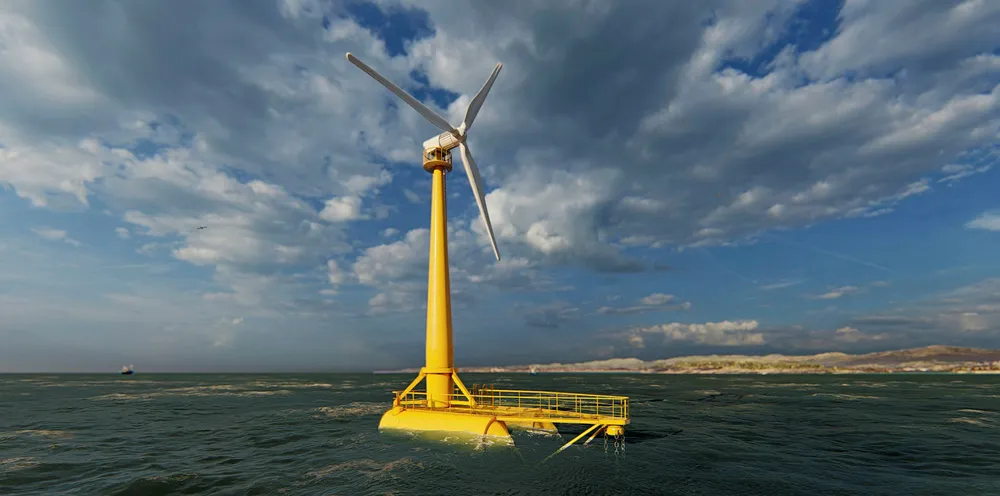First tests of new-look Saitec floater off Spain 'in early 2020'
'Medium-scale' prototype to undergo year-long trials in Cantabrian Sea ahead of scale-up toward 10MW unit

'Medium-scale' prototype to undergo year-long trials in Cantabrian Sea ahead of scale-up toward 10MW unit
